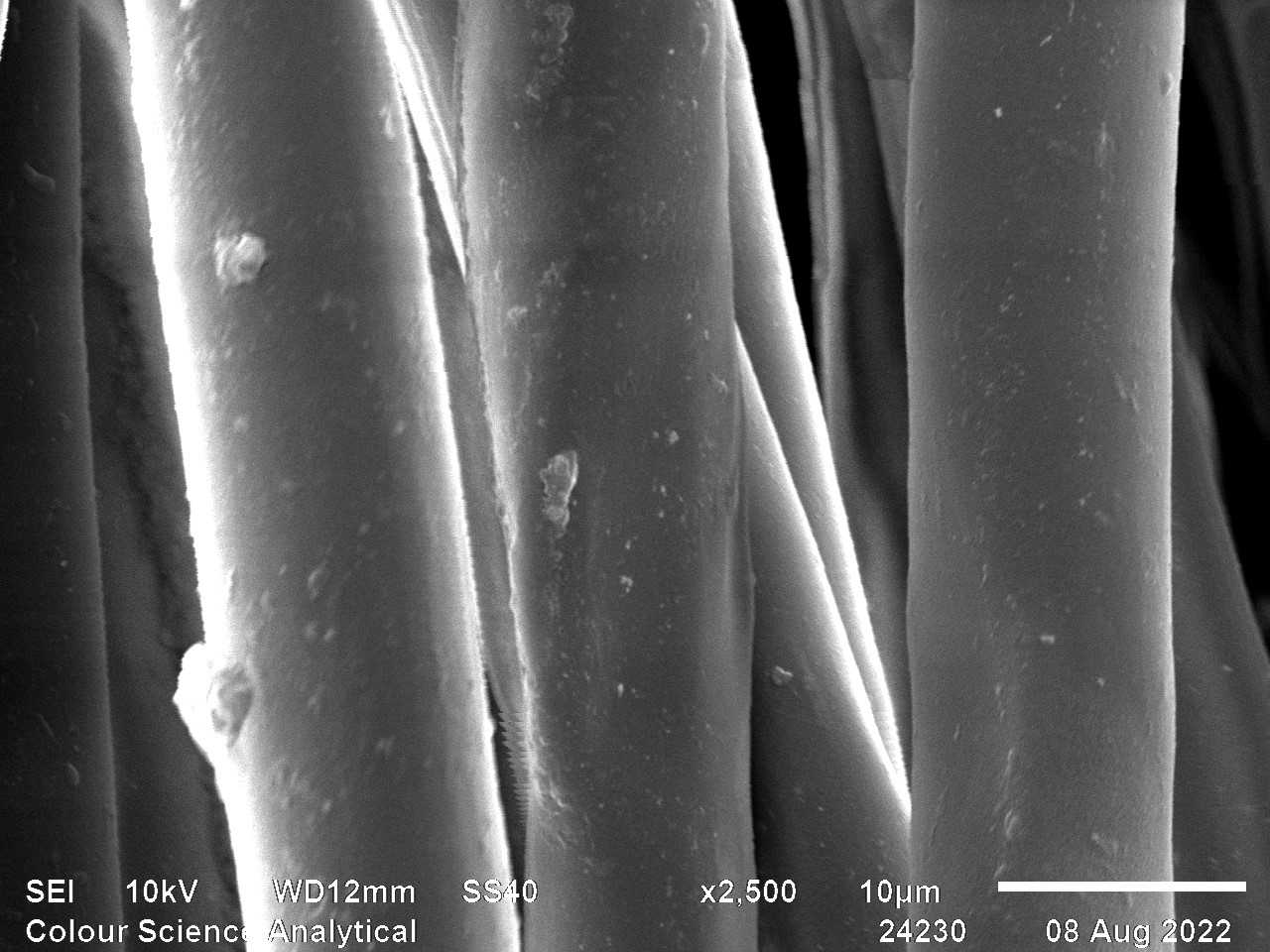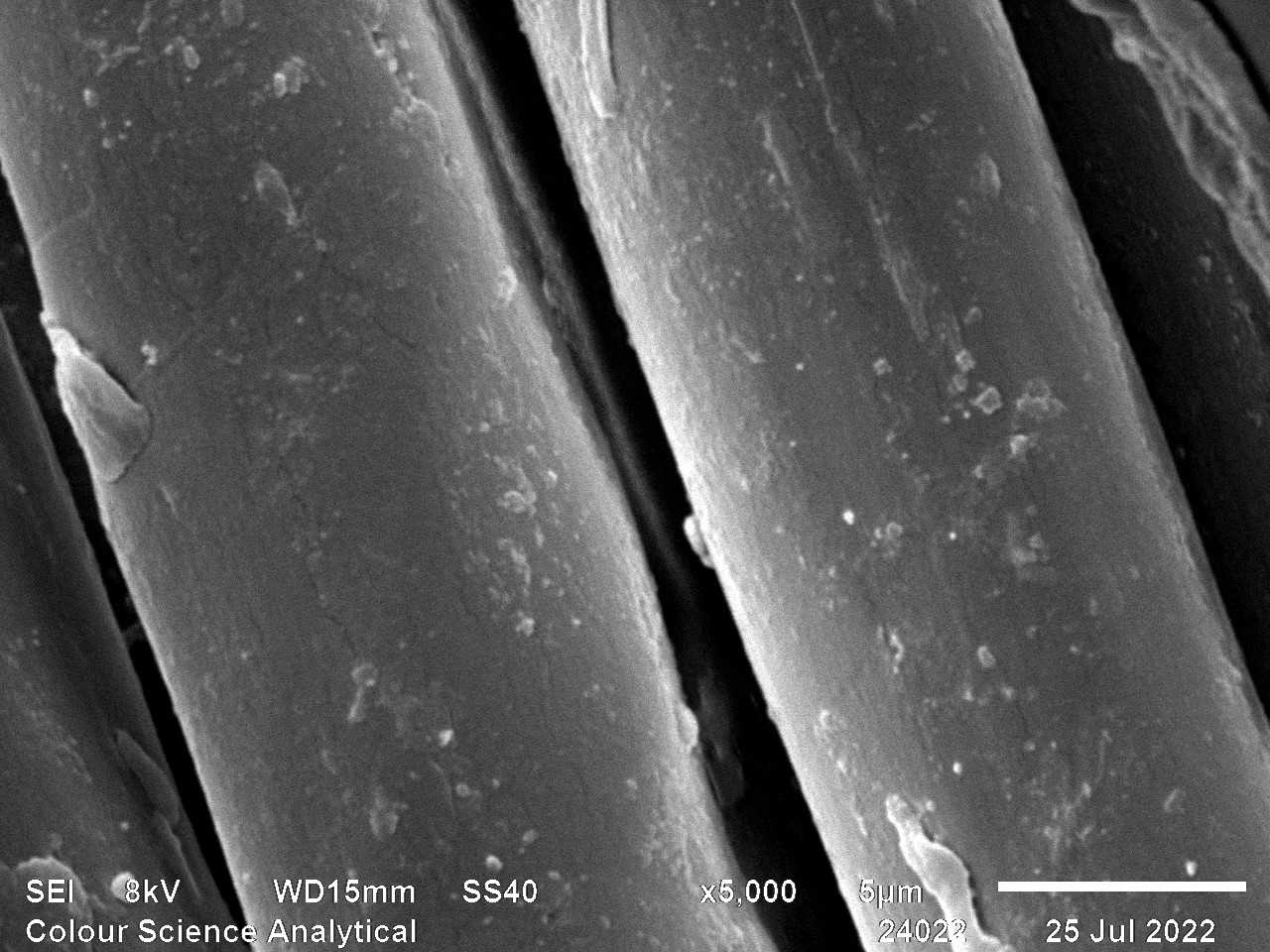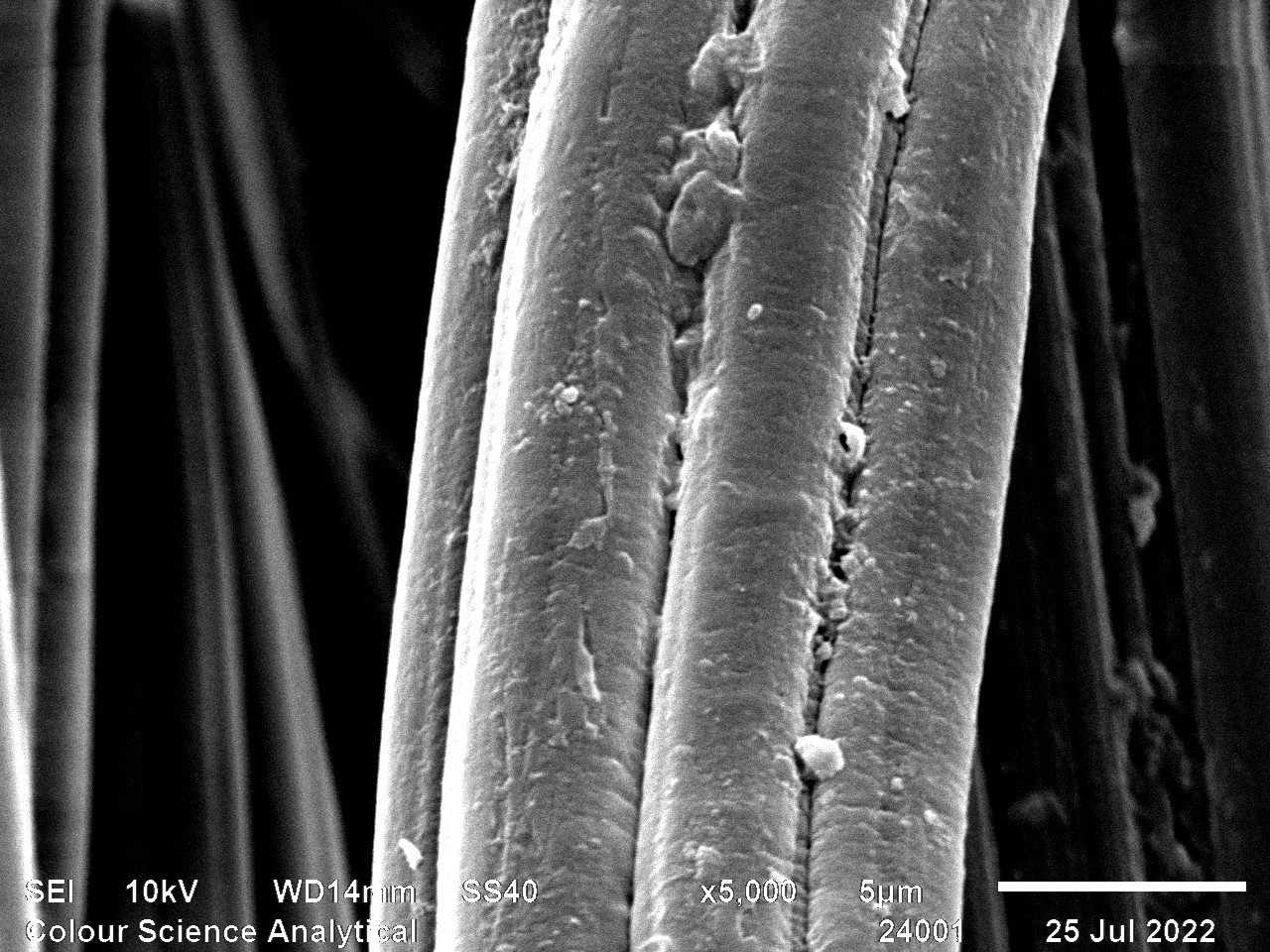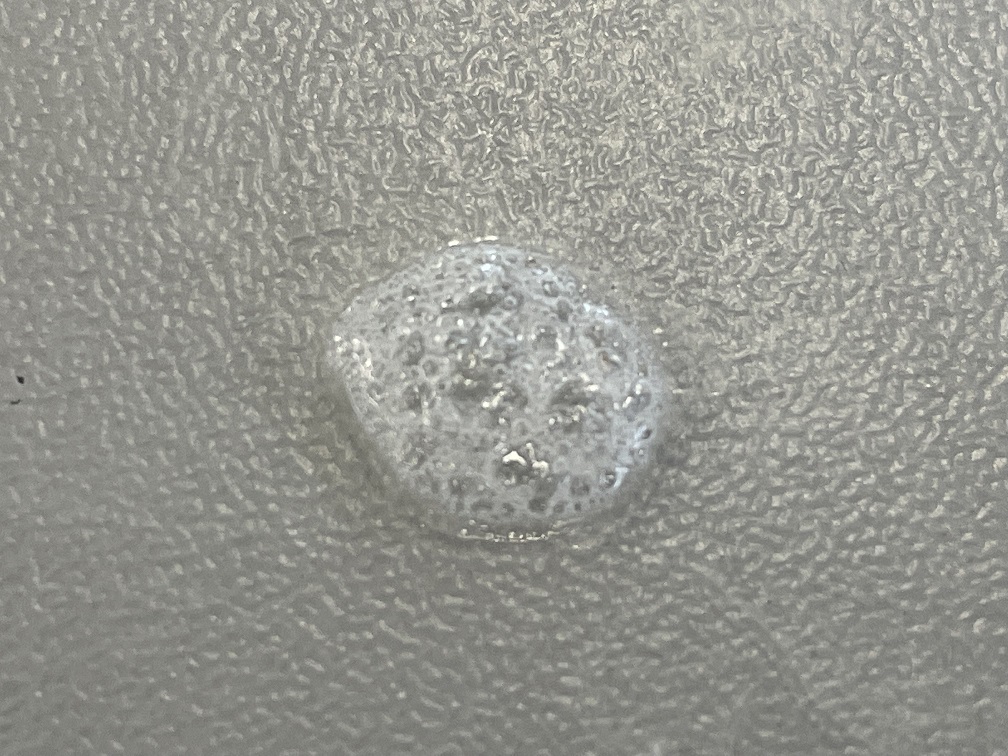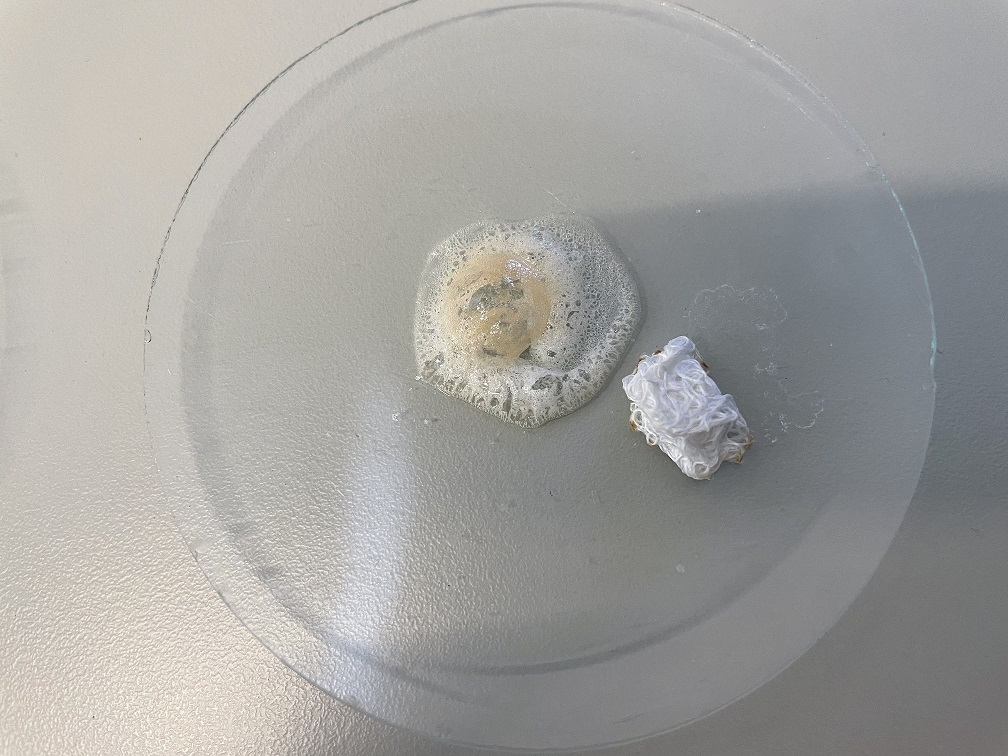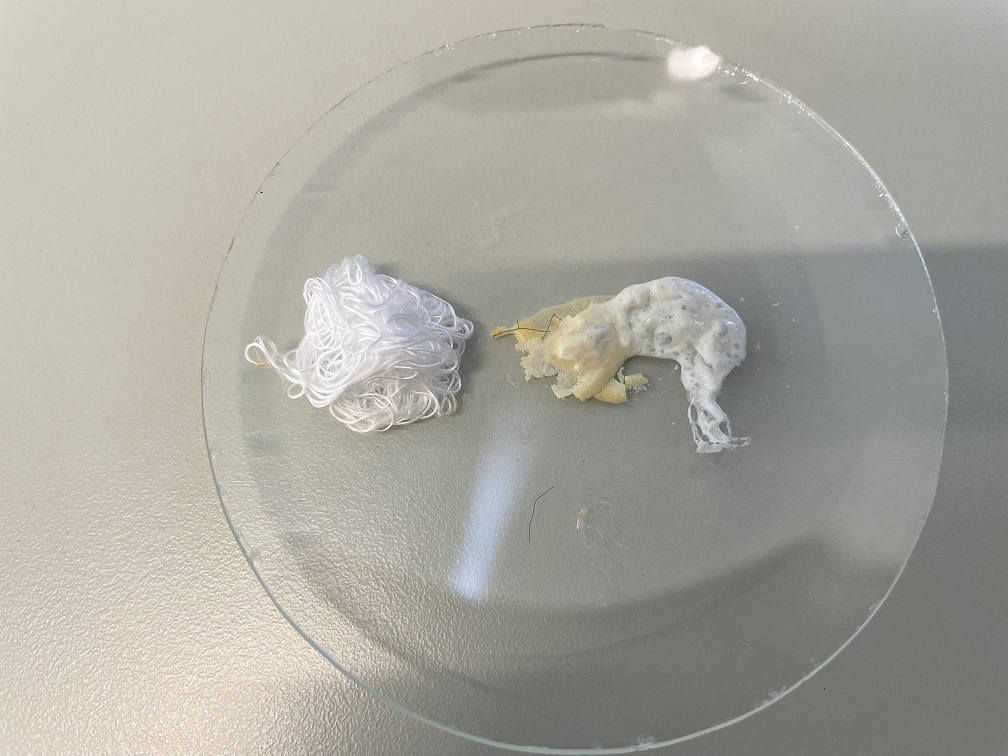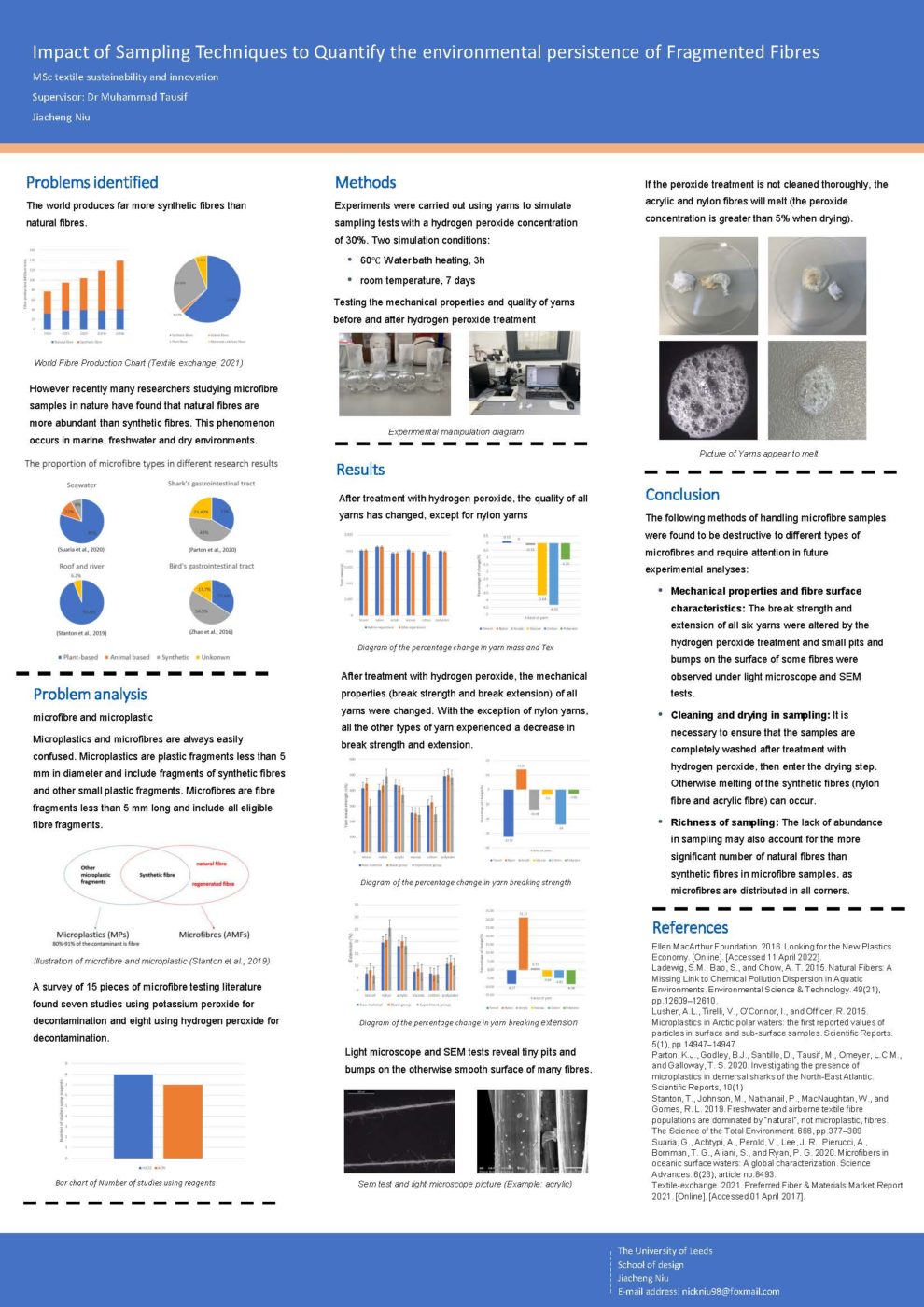2022: MSc Textile Sustainability and Innovation
Showcase
Statement
This research dissertation focuses on the effect of hydrogen peroxide decontamination on microfibre sampling.
Abstract
The world produces far more synthetic fibres than natural fibres, but recently many researchers studying microfibre samples in nature have found that natural fibres are more abundant than synthetic fibres. This paper analyses the researchers’ microfibre sampling methods and experimental results by reading several microfibre studies. The hypothesis is put forward that the results of the experiments were affected using chemical reagents for decontamination, which resulted in damage to some microfibres. The effect of 30% hydrogen peroxide on six common fibres was investigated by simulating the use of hydrogen peroxide to decontaminate the samples. The experimental results show that hydrogen peroxide has a damaging effect on synthetic fibres, but this effect is relatively mild and needs to be explored further.
Problem
Synthetic fibres are produced and used in much larger quantities than natural fibres. However recently many researchers studying microfibre samples in nature have found that natural fibres are more abundant than synthetic fibres. This phenomenon occurs in marine, freshwater and dry environments.
Result
After treatment with hydrogen peroxide, the mechanical properties (break strength and break extension) of all yarns were changed. With the exception of nylon yarns, all the other types of yarn experienced a decrease in break strength and extension. Light microscope and SEM tests reveal tiny pits and bumps on the otherwise smooth surface of many fibres. If the peroxide treatment is not cleaned thoroughly, the acrylic and nylon fibres will melt (the peroxide concentration is greater than 5% when drying).
Poster
Poster of my dissertation



